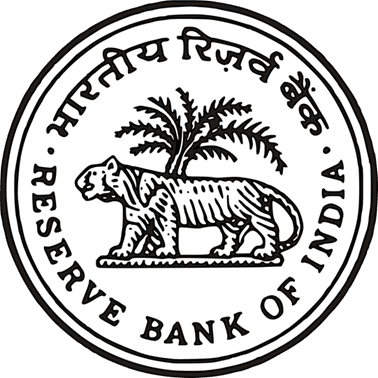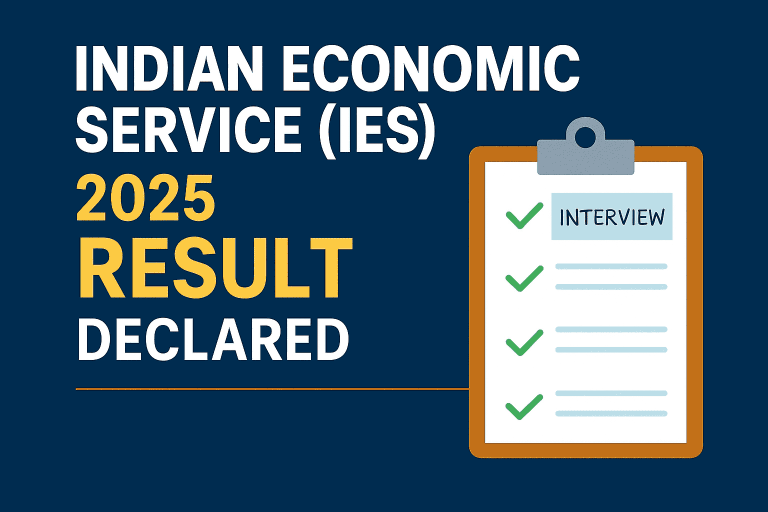The Indian Economic Service Exam syllabus tests candidates understanding on various core topics of Economics. Budgeting is an important topic under Indian Economic Service Exam syllabus. Let’s discuss an important case-study for from the topic ‘Gender Budgeting’
Gender Budgeting is a policy tool that analyzes government budgets through a gender lens to ensure equitable allocation of resources for women and men. It aims to:
- Identify and address gender disparities in public spending.
- Promote gender-responsive policies.
- Track how budgetary decisions impact women differently than men.
Case Study: Kerala’s Gender-Responsive Local Governance Model
1. Background
Kerala, often hailed as India’s most progressive state in social development, pioneered gender-responsive budgeting (GRB) at the local government level (Panchayats and Municipalities). The state’s decentralized governance model, empowered by the People’s Plan Campaign (1996), mandates that at least 10% of local budgets be allocated for women-centric schemes.
2. Key Initiatives
(A) Kudumbashree Mission (1998)
A flagship women’s self-help group (SHG) program with 4.5 million members (2024).
Budget Integration:
Local governments allocate funds for SHG-led enterprises (e.g., agro-processing, handicrafts).
Example: In 2023-24, ₹1,200 crore was spent on Kudumbashree-linked projects.
Impact:
Generated ₹5,000+ crore annual income for women.
Reduced female unemployment from 19% (2005) to 8% (2024).
(B) Gender Budget Cells in Local Governments
All 1,200+ local bodies in Kerala have Gender Budget Cells to audit spending.
Tools Used:
Gender Audit Checklist: Evaluates projects (e.g., “Does this road have streetlights for women’s safety?”).
Participatory Planning: Women’s collectives directly propose schemes.
(C) Women-Friendly Infrastructure
“Pink Parks”: Safe public spaces with childcare facilities.
“She Toilets”: Hygienic sanitation units in markets/bus stands.
Budget Allocation (2024-25): ₹300 crore for gender-sensitive infrastructure.
3. Outcomes
| Indicator | Kerala (2024) | All-India Average |
|---|---|---|
| Female Literacy Rate | 96% | 77% |
| Women in Local Governance | 50% (reserved seats) | 21% |
| Gender Budget Share | 12% of local budgets | 4.9% (Union Budget) |
4. Challenges
Elite Capture: Urban women benefit more than rural/tribal women.
Limited Scalability: High dependency on Kerala’s unique devolution model.
5. Lessons for India
✅ Decentralization Works: Kerala proves GRB is most effective when local governments lead.
✅ SHGs as Catalysts: Kudumbashree shows how collectives can drive accountability.
✅ Beyond Welfare: Focus on productive infrastructure (e.g., women-owned factories) over subsidies.
6. Way Forward
Kerala’s model offers a blueprint for other states:
Amend Panchayat Acts to mandate gender budgeting.
Replicate Kudumbashree (e.g., Bihar’s “Jeevika” program).
Adopt Gender Audits for all schemes (like Kerala’s checklist system).
Quote from Kerala’s Finance Minister (2024):
“Gender budgeting isn’t about charity—it’s about recognizing women as drivers of the economy.”




